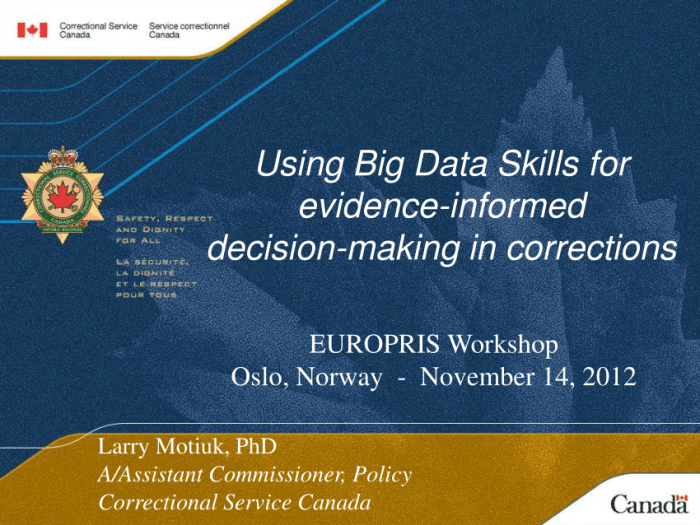Statistics informed decisions using data 5th edition pdf – Statistics Informed Decisions Using Data (5th Edition) delves into the crucial role of statistics in making informed decisions, empowering individuals with the knowledge and techniques to harness data effectively. This comprehensive guide explores various data types, statistical analysis processes, and applications across diverse fields, providing a solid foundation for data-driven decision-making.
1. Introduction

Statistics is the science of collecting, organizing, analyzing, interpreting, and presenting data. It plays a crucial role in making informed decisions by providing insights into patterns, trends, and relationships within data.
Types of Data
- Quantitative data: Numerical data that can be measured or counted.
- Qualitative data: Non-numerical data that describes attributes or characteristics.
Steps in Statistical Analysis, Statistics informed decisions using data 5th edition pdf
- Data collection: Gathering data from appropriate sources.
- Data preparation: Cleaning, organizing, and transforming data for analysis.
- Exploratory data analysis: Identifying patterns, trends, and relationships within data.
- Statistical modeling: Developing models to describe or predict data.
- Inference: Drawing conclusions about the population based on sample data.
2. Descriptive Statistics: Statistics Informed Decisions Using Data 5th Edition Pdf

Descriptive statistics summarize and describe data. Examples include:
Measures of Central Tendency
- Mean: Average value of a dataset.
- Median: Middle value of a dataset when arranged in ascending order.
- Mode: Value that occurs most frequently in a dataset.
Measures of Variability
- Range: Difference between the largest and smallest values in a dataset.
- Standard deviation: Measure of how spread out a dataset is.
- Variance: Square of the standard deviation.
Advantages and Disadvantages of Descriptive Statistics
- Advantages: Easy to understand, provide a quick overview of data.
- Disadvantages: Limited in providing insights into relationships or making predictions.
3. Inferential Statistics
Inferential statistics uses sample data to make predictions about the population. Examples include:
Hypothesis Testing
- Null hypothesis: Statement that there is no significant difference between two groups.
- Alternative hypothesis: Statement that there is a significant difference.
- P-value: Probability of obtaining the observed results if the null hypothesis is true.
Regression Analysis
- Predicts the value of a dependent variable based on one or more independent variables.
- Correlation coefficient: Measures the strength and direction of the relationship between variables.
Advantages and Disadvantages of Inferential Statistics
- Advantages: Allows for predictions, provides insights into relationships.
- Disadvantages: Requires large sample sizes, can be complex to interpret.
4. Applications of Statistics
Statistics is widely used in various fields, including:
Business
- Market research: Understanding customer preferences and trends.
- Financial analysis: Evaluating investments and predicting financial performance.
- Quality control: Ensuring product quality and reducing defects.
Medicine
- Clinical trials: Evaluating the effectiveness and safety of new treatments.
- Epidemiological studies: Investigating the causes and prevalence of diseases.
- Medical imaging: Analyzing medical images to diagnose and treat diseases.
Social Science
- Survey research: Gathering data on attitudes, beliefs, and behaviors.
- Political polling: Predicting election outcomes and understanding public opinion.
- Social policy analysis: Evaluating the effectiveness of social programs.
Benefits of Using Statistics
- Improved decision-making: Provides evidence-based insights.
- Increased efficiency: Identifies areas for improvement and optimization.
- Enhanced understanding: Reveals patterns and relationships that may not be obvious.
Popular Questions
What are the key benefits of using statistics in decision-making?
Statistics provide a systematic and objective approach to analyzing data, reducing bias and increasing the reliability of decisions.
How can descriptive statistics help summarize data?
Descriptive statistics, such as mean, median, and mode, provide a concise overview of data distribution, central tendencies, and variability.
What is the role of inferential statistics in making predictions?
Inferential statistics, such as hypothesis testing and regression analysis, allow researchers to draw conclusions about a larger population based on a sample, enabling predictions and estimations.